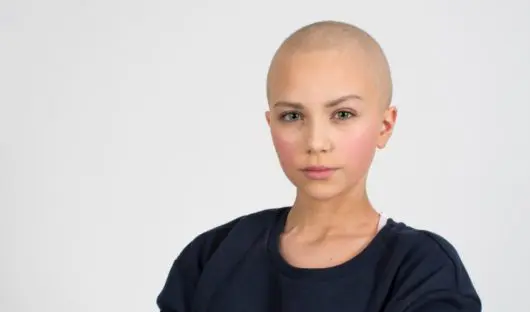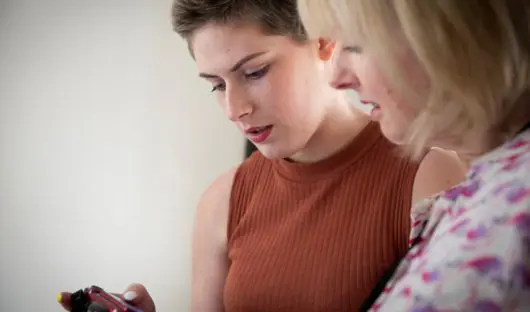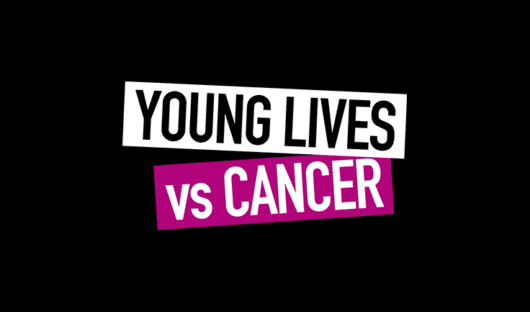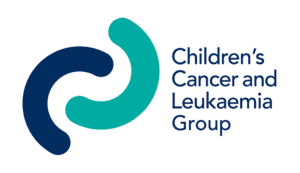Hodgkin lymphoma
Hodgkin lymphoma is a type of blood cancer. It can affect children at any age but is more common in older teenagers and young adults. Each year in the UK, there are around 70 children aged 0-14 years, 120 young people aged 15-19 years, and 180 young people aged 20-24 years, diagnosed with Hodgkin lymphoma.
There are two main types of Hodgkin lymphoma:
- Classical Hodgkin lymphoma, which affects 95% of patients
- Lymphocyte Predominant Hodgkin Lymphoma (LPHL), which only affects 5% of patients.
This information is about classical Hodgkin lymphoma, but it includes a short section about LPHL.
Causes
The exact cause of Hodgkin lymphoma is not known. In most people that develop Hodgkin lymphoma, no cause is found. However, there is increasing evidence that infections, such as the virus that causes glandular fever, may play a part in the development of Hodgkin lymphoma, especially in childhood. Poor immunity may also be a risk factor for developing the disease. Very rarely, more than one member of a family may develop Hodgkin lymphoma but it is not inherited from parents and you cannot catch it from another person.
Signs and symptoms
The first sign of Hodgkin lymphoma is usually a painless swelling of one gland, or a group of lymph glands, which continues for some weeks or even months.
The first glands that are likely to be affected are in the neck or above the collarbone, most often only on one side. However, it’s important to remember that children’s glands can also become swollen when they have a common infection that causes a sore throat or a cold.
If glands in the chest are affected, this can cause a cough or breathlessness. This is caused by the pressure the glands exert on the airways.
Sometimes, a child with Hodgkin lymphoma may have a high temperature (fever), night sweats, weight loss, or itchy skin.
How Hodgkin lymphoma is diagnosed
As lymph glands can swell for lots of reasons, a biopsy is carried out to diagnose Hodgkin lymphoma. A biopsy is when a swollen lymph gland is removed and the cells are looked at under a microscope. It’s a small operation which is usually done under a general anaesthetic. Sometimes only a small part of the lymph gland has to be removed, which can be done under a local anaesthetic.
If Hodgkin lymphoma is diagnosed after the biopsy, further tests are carried out to find out the exact size and position of the lymphoma, and to see whether it has spread beyond the original area. These tests include x-rays, blood tests, CT, MRI, and PET scans.
The tests that are carried out are called staging tests. Any tests and investigations that your child needs will be explained to you. Our section on children’s cancers gives details of what the tests and scans involve.
Staging
The stage of Hodgkin lymphoma describes the size and position of the cancer and whether it has spread. Staging is very important because this guides how much treatment the child needs. The number of cycles of chemotherapy you receive is decided by the stage. The staging system for Hodgkin lymphoma is as follows:
- Stage 1 – only one group of lymph nodes is affected and the lymphoma is only on one side of the diaphragm (the sheet of muscle under the lungs that controls breathing)
- Stage 2 – two or more groups of lymph nodes are affected, but they are only on one side of the diaphragm.
- Stage 3 – the lymphoma is in lymph nodes both above and below the diaphragm.
- Stage 4 – the lymphoma has spread outside the lymph nodes to other organs such as the liver, lungs or bone marrow.
As well as giving each stage a number, doctors also use a letter code – either A, B, or E:
A – means your child has no symptoms.
B – means your child has one or more of the following symptoms: a fever, night sweats or significant weight loss.
E – means that the lymphoma has grown from the lymph gland to extranodal tissue (tissue in places outside the lymph nodes).
A number and letter is used in the staging of every child with Hodgkin lymphoma. This helps the doctor decide on a treatment plan for your child.
Treatment
Children with Hodgkin lymphoma are usually treated with chemotherapy, but sometimes radiotherapy is also needed. The type and amount of treatment given depends on the stage of the disease when it is diagnosed. Your child’s doctor will discuss the treatment options with you.
Chemotherapy
This is the main treatment and all children receive chemotherapy. The number of months/cycles of chemotherapy your child will need is based on the stage of disease. Low stage patients receive less and high stage receive more cycles of chemotherapy which means we can keep the cure rates high for all patients.
Radiotherapy
This is used in less than half of children and only recommended when it is really needed. Usually, two cycles of chemotherapy are given and then a PET scan is done. If the PET scan is clear, then radiotherapy is usually not needed but if the PET scan shows active cancer still present then it usually will be recommended.
Need help explaining lymphoma to your child?
Our free Tom has lymphoma storybook can help you talk about lymphoma and treatment with children and siblings. Co-produced with Lymphoma Action, the colourful illustrations and glossary of words should help children understand more, as they follow the story of Tom through his diagnosis and treatment.
Late side effects of treatment
The cure rate for Hodgkin lymphoma is very high, however some children may develop side effects many years after treatment. The chance of developing late side effects depends on where the original tumour was, how far it spread, and the type of treatment your child had. Your child’s doctor or nurse will explain more about any possible late side effects.
Follow-up care
About 90% of children who develop Hodgkin lymphoma are cured. When your child completes treatment, they will then go in to a follow-up phase, seeing doctors and nurses in out-patient clinics usually for around five years. Clinic visits will be every 3-4 months to start with and there will be occasional scans, x-rays, and blood tests done for several years after completing treatment.
If the cancer comes back, a different course of treatment can be given. If you have specific concerns about your child’s condition and treatment, it’s best to discuss them with your child’s doctor, who knows the situation.
Lymphocyte predominant Hodgkin lymphoma (LPHL)
This is a rare type of Hodgkin lymphoma that affects around 5% of patients. LPHL usually grows at a slower rate than classical Hodgkin lymphoma and normally requires less intensive treatment. Young people with LPHL may have a single swollen gland or group of swollen glands in one area only, such as the neck or groin. The swollen gland often grows very slowly and may be present for many months before a biopsy and diagnosis happens. The biopsy and staging tests will be carried out as with classical Hodgkin lymphoma. The treatment given will depend on the stage of the disease, but most patients are diagnosed with an early stage of the disease.
LPHL is usually treated with surgery or low-dose chemotherapy. It may return many years after treatment and further treatment may be required, but it is rarely a life-threatening condition. In rare cases, patients have advanced LPHL and receive more intensive chemotherapy. There is also a link between LPHL and developing a more aggressive non-Hodgkin lymphoma.
This information was written by the Children’s Cancer and Leukaemia Group (CCLG)
You might also want to look at
How bad will treatment make me feel?
Everyone reacts differently to treatment. Here are ways to combat any side effects.
Find out more
Where will I have my treatment and do I get a say?
If your place of treatment hasn't been decided, it’s important you ask about your options.
Find out more
Help your child cope with side effects of cancer treatment
Every child copes differently with treatment and side effects. Here's what to expect.
Coping with side effects
More information and support
Get a CLIC Sargent Grant
It’s not right that young people and parents have to worry about money when they need to focus on treatment and all that comes with it. So CLIC Sargent gives various grants, right from the moment of diagnosis, to help young people and families cope financially.
Find out more about getting a grantChildren's Cancer and Leukaemia Group (CCLG)
Find more detailed information about Hodgkin lymphoma, including diagnosis, staging and treatment from our friends at CCLG.
Visit the websiteJoin our Facebook group for parents
Share your stories and experiences with other parents. Get advice or share tips to help others, and become part of a supportive community.
Grab a cuppa and get chattingChat to other young people with cancer on Facebook
Join in the conversation on Team Young Lives Facebook group. Share your advice, read about other experiences and get more involved in CLIC Sargent's work.
Join the group
